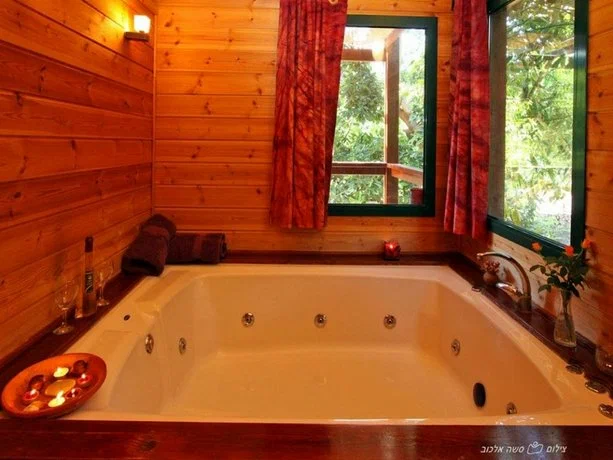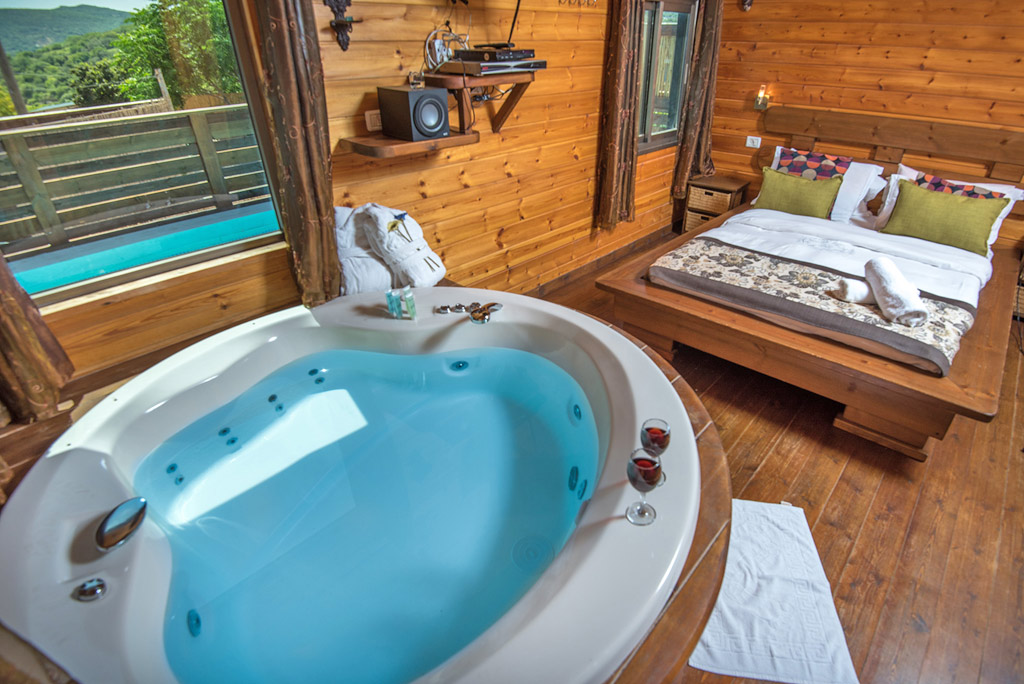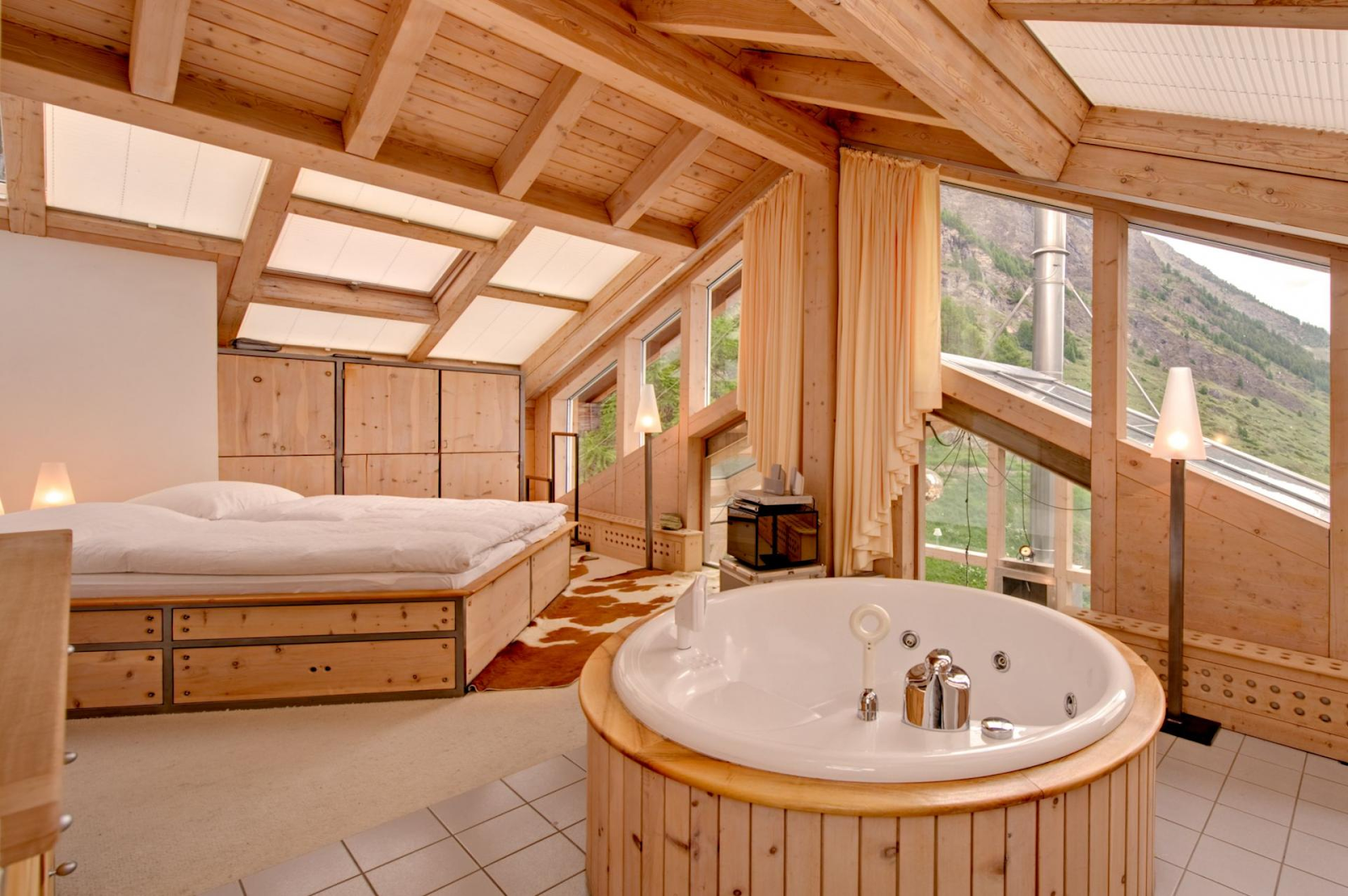The word chaleturi brings to mind images of cosy wooden cabins nestled in the heart of alpine landscapes, offering breathtaking views of snow-capped mountains or lush green valleys. Chalets, traditionally Swiss mountain houses, have become a popular retreat option for travellers seeking peace, comfort, and a connection with nature. In this article, we will explore the history of chalets, the different types of chalets available, their architectural features, and why they continue to be a beloved choice for vacationers worldwide.
History of Chalets

Chalets, originally from Switzerland, have a history rooted in alpine farming culture. Historically, chalets were simple wooden houses used by herders in the Swiss Alps during the summer months when they needed to stay close to their livestock in mountain pastures. These early structures were rustic and built using local timber, featuring sloped roofs to handle the heavy snowfalls that characterised the region.
As time progressed, these humble mountain dwellings transformed into luxurious holiday homes. In the 19th century, the European aristocracy and wealthy travellers began seeking out the scenic beauty of the Alps for vacationing, leading to the development of chalets as vacation properties. These mountain retreats evolved in style, often blending traditional Swiss architecture with modern comforts to cater to affluent guests.
Over the years, chalets have spread beyond Switzerland and can now be found in mountain regions across Europe, North America, and even parts of Asia. While their function has shifted from farmhouses to vacation homes, chalets remain closely associated with relaxation, nature, and a sense of rustic luxury.
Types of Chalets
Today, chalets come in a variety of styles, each offering unique experiences depending on the location, design, and purpose. Here’s a breakdown of the most popular types of chalets:
1. Traditional Swiss Chalets
Traditional Swiss chalets are the archetype of chaleturi, with their wooden construction, gently sloping roofs, and large overhanging eaves. These chalets are often found in the Swiss Alps and other European mountain ranges. They emphasise simplicity, functionality, and comfort, typically constructed from locally sourced materials such as wood and stone.
These chalets usually feature large windows that offer panoramic views of the surrounding landscape and are equipped with fireplaces, adding to the warm, inviting atmosphere. The interiors are often furnished with wooden furniture, and many include cosy elements like woollen blankets, rugs, and other natural materials to create a rustic feel.
2. Modern Chalets
While many chalets retain their traditional charm, modern chalets have gained popularity in recent years. These chalets blend contemporary design elements with the comfort of a mountain retreat. They often feature larger, open floor plans, sleek lines, and expansive glass windows to maximise natural light and the stunning views.
Modern chalets incorporate eco-friendly technologies such as solar panels, geothermal heating, and sustainable building materials to minimise their environmental impact. Though these chalets might look different from their traditional counterparts, they still offer the same sense of relaxation and connection to nature.
3. Luxury Chalets
Luxury chalets take the idea of a mountain retreat to another level, offering five-star accommodations, high-end amenities, and exceptional service. These chalets are often found in prestigious ski resorts or exclusive mountain locations. Features may include private chefs, indoor swimming pools, hot tubs, home theaters, saunas, and even personal concierges.
Luxury chalets are designed to provide maximum comfort, combining the rustic charm of traditional chalets with opulent furnishings and state-of-the-art facilities. They cater to guests looking for privacy, exclusivity, and the ultimate relaxation experience.
4. Eco-Chalets
Eco-chalets are designed with sustainability in mind. These chalets emphasize green building practices, such as the use of reclaimed or locally sourced materials, energy-efficient technologies, and environmentally friendly insulation. Eco-chalets often operate off the grid, using renewable energy sources like solar or wind power to reduce their carbon footprint.
Located in remote mountain areas, eco-chalets offer guests the opportunity to disconnect from the hustle and bustle of everyday life and reconnect with nature. They are ideal for travelers seeking a serene, eco-conscious retreat in the mountains.
Architectural Features of Chalets

The defining characteristics of chalet architecture are based on their mountain origins and the need to withstand harsh weather conditions while providing warmth and comfort. Here are some common architectural features found in chaleturi:
1. Sloping Roofs
One of the most recognizable features of a chalet is its sloping roof. This design helps the building shed snow during the winter months, preventing it from accumulating and damaging the structure. The angle of the roof ensures that snow slides off easily, while the wide overhanging eaves protect the walls and foundation from snow and rain.
2. Wooden Construction
Traditionally, chalets are built from wood, typically sourced from the surrounding forests. The use of natural materials connects the chalet to its environment, blending it into the mountain landscape. Wooden beams, walls, and floors give the chalet a rustic, warm aesthetic, while also providing insulation against cold temperatures.
3. Large Windows
Chalets are known for their large windows, which allow natural light to flood the interior and offer spectacular views of the surrounding mountains. In modern chalets, floor-to-ceiling windows are common, creating a seamless transition between the indoor space and the outdoors.
4. Fireplaces
A fireplace is a staple in any chalet, providing warmth during the colder months and creating a cozy atmosphere. In traditional chalets, the fireplace often serves as the focal point of the living area, with stone or brick hearths adding to the rustic charm.
5. Spacious Balconies
Chalets often feature large balconies or terraces, where guests can relax and take in the panoramic views. These outdoor spaces are perfect for enjoying a cup of coffee in the morning or unwinding with a glass of wine in the evening while overlooking the beautiful alpine scenery.
Why Stay in a Chalet?

Chalets offer a unique and charming accommodation experience, making them a favorite among travelers seeking a break from urban life. Here are some reasons why staying in a chalet can be a memorable and fulfilling experience:
1. Connection with Nature
Chalets are typically located in secluded, picturesque mountain areas, providing guests with a deep sense of peace and tranquility. The proximity to nature allows travelers to unwind, breathe fresh air, and reconnect with the great outdoors. Whether you’re staying in a snowy winter wonderland or a lush green valley, a chalet offers a direct connection to the beauty of the natural world.
2. Cozy Atmosphere
Few experiences can compare to curling up in front of a roaring fire in a cozy chalet after a day spent hiking or skiing. Chalets are designed to offer warmth and comfort, with natural wood finishes, soft furnishings, and rustic decor creating an inviting ambiance that makes you feel right at home.
3. Year-Round Appeal
Chalets are often associated with winter vacations, particularly in ski resorts. However, they offer year-round appeal. In the winter, chalets provide the perfect base for skiing, snowboarding, and other winter sports. In the summer, they become a hub for outdoor activities like hiking, mountain biking, and wildlife watching.
4. Privacy and Space
Unlike hotels or resorts, chalets offer a more private and spacious accommodation option. Many chalets are standalone properties, meaning guests can enjoy their own space without the distractions of other travelers. This makes chalets ideal for families, groups of friends, or couples looking for a romantic getaway.
5. Personalized Service
Many luxury chalets offer personalized service, including private chefs, housekeeping, and even butlers. This allows guests to focus on relaxation and enjoy a worry-free vacation. Whether you’re staying in a traditional or modern chalet, the emphasis on hospitality ensures a memorable and enjoyable stay.
Conclusion
Chaleturi represent the epitome of a peaceful and luxurious mountain retreat. From their humble origins as alpine farmhouses to their modern-day status as sought-after vacation homes, chalets have evolved into versatile and charming accommodations. Whether you’re looking for a traditional Swiss chalet, a modern eco-friendly cabin, or a high-end luxury retreat, there’s a chalet to suit every taste and preference.
With their unique architectural features, cozy ambiance, and unparalleled connection to nature, chalets continue to captivate travelers from around the world. Whether you’re planning a winter getaway or a summer escape, choosing to stay in a chaleturi is an experience you won’t soon forget.












